1. Stinging Nettle

Stinging nettle might seem like a quirky, eco-friendly lawn option because it’s good for pollinators, but many municipalities consider it a noxious weed. Its tiny, hair-like structures inject histamine and other chemicals that can cause painful rashes, which can make your yard a liability. Local codes often penalize plants that pose safety risks to neighbors or pedestrians. Even if you think it looks like a lush green carpet, the city might see it as a hazard.
Beyond safety, stinging nettle grows aggressively and can take over garden beds or sidewalks if left unchecked. Homeowners associations and city ordinances rarely appreciate plants that escape their intended space. In some regions, fines can be issued if nettle plants spread into public right-of-ways. So while it has environmental perks, it comes with legal downsides in urban settings.
2. Bamboo
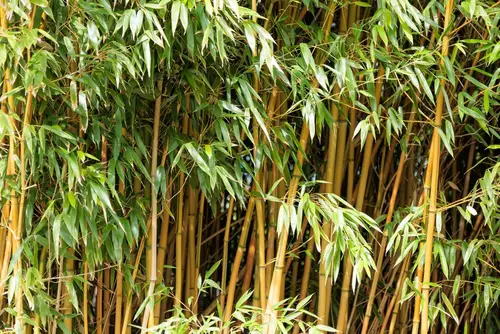
Bamboo can create a dramatic and exotic lawn, but it’s notorious for being invasive. Certain varieties shoot underground runners that spread fast and are nearly impossible to control once established. Cities often have regulations against “invasive plants” because they can encroach on neighbors’ property. Ignoring these rules can result in warnings and even fines.
Not only can bamboo cause legal headaches, it can also damage fences, sidewalks, and sewer lines. Its rapid growth makes it a constant maintenance headache. Some municipalities have specific ordinances requiring containment barriers, but if you skip that step, the city might step in. The allure of a mini jungle in your yard could cost you more than you bargained for.
3. Giant Hogweed
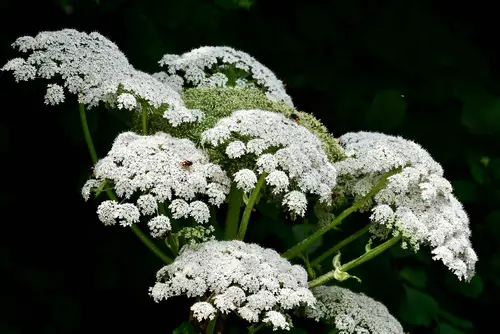
Giant hogweed is a striking plant with huge leaves and impressive white flowers, but it’s extremely dangerous. Its sap can cause severe skin burns and even blindness if it gets in your eyes. Because of this, many states classify it as a noxious weed. Cities often fine homeowners who allow it to grow unchecked due to public safety concerns.
It doesn’t just pose risks to people—it spreads easily and can overrun native plants. Its massive size makes it hard to control without professional help. If the city identifies it on your property, you could face hefty removal costs in addition to fines. So, while it’s dramatic, it’s not worth the potential hazards or penalties.
4. Poison Ivy
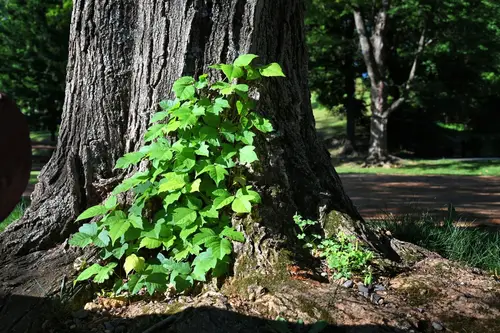
Poison ivy might be native to your area and provide some ecological benefits, but its rash-inducing properties make it a red flag for municipalities. Many local laws discourage or prohibit the growth of poison ivy near sidewalks or property lines. The last thing a city wants is for neighbors or passersby to come into contact with it. Fines can be levied if it’s not managed responsibly.
Poison ivy is also tough to remove once established, often requiring repeated treatment. Its vines and ground cover can quickly spread across a yard. Homeowners who ignore it may find themselves paying not only fines but also the cost of professional removal. While it’s natural, it’s often too risky to keep in residential lawns.
5. Kudzu
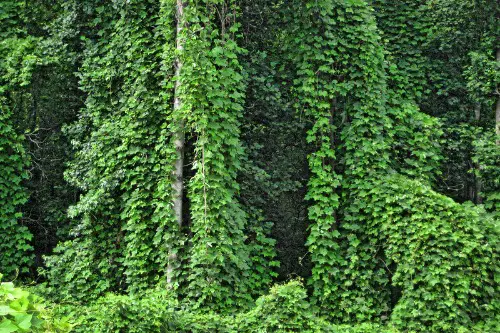
Kudzu is famously called “the vine that ate the South,” and for good reason—it grows incredibly fast and can cover anything in its path. Many cities consider it a noxious weed because of its invasive nature. If it escapes your lawn and spreads onto public property or neighbors’ yards, you could be fined. Its beauty and greenery can’t outweigh the potential legal consequences.
Kudzu doesn’t just look wild; it can damage structures, trees, and even utility poles. Removal is extremely labor-intensive and sometimes requires herbicides. Municipalities are strict about its containment to prevent ecological damage. The risk of fines and property damage makes it a high-stakes lawn choice.
6. Dandelions (Left Untamed)
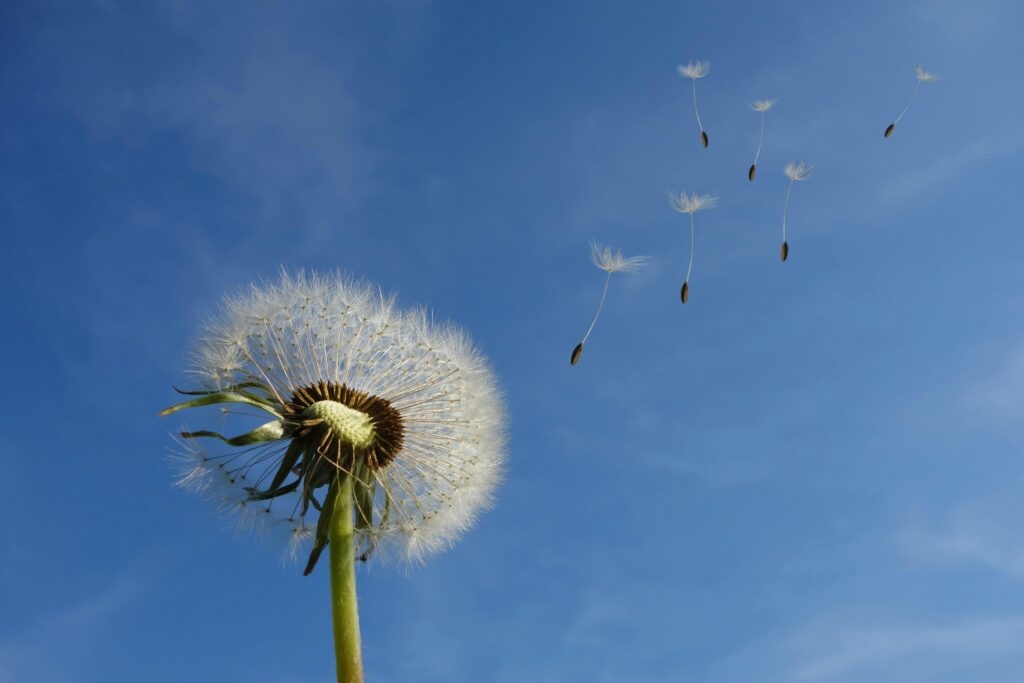
Dandelions are harmless in moderation, but letting them dominate your lawn can get you on the city’s bad side. Some municipalities enforce “weed-free” lawn standards and view excessive dandelions as neglect. Their bright yellow flowers might seem friendly, but a yard full of them can trigger complaints. Homeowners might face citations if the weed invasion isn’t controlled.
They spread rapidly via windborne seeds and can turn a small patch into a full-blown infestation. Lawns with unchecked dandelions are often flagged for aesthetics and safety concerns. Even though they’re low-maintenance, the city may demand action. So, a dandelion paradise could come with a ticket.
7. Japanese Knotweed

Japanese knotweed is beautiful with its bamboo-like stalks and delicate flowers, but it’s one of the most destructive invasive species. Municipalities often regulate its growth because it can damage foundations, sidewalks, and underground pipes. If your yard has it, neighbors or city inspectors may report it. The resulting fines and removal orders can be severe.
Controlling knotweed is notoriously difficult; it regenerates from tiny root fragments. Improper removal can worsen the problem and attract further penalties. Cities may require professional eradication to prevent spreading. So, despite its ornamental appeal, it’s a risky choice for a residential lawn.
8. Wild Mustard
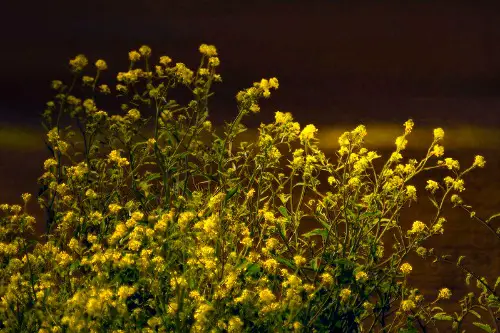
Wild mustard produces cheerful yellow flowers but is often considered a noxious weed in urban areas. It spreads quickly and can smother other plants, reducing biodiversity. Local codes sometimes mandate its removal if it threatens nearby lawns or public spaces. Ignoring it can result in warnings and fines.
Its rapid growth can turn a small patch into a dense field in weeks. While some gardeners appreciate it for pollinators, cities prioritize order over ecology in residential zones. The plant’s aggressive nature makes it a legal headache. Even if it’s “pretty,” it’s not always welcomed by city inspectors.
9. Burdock
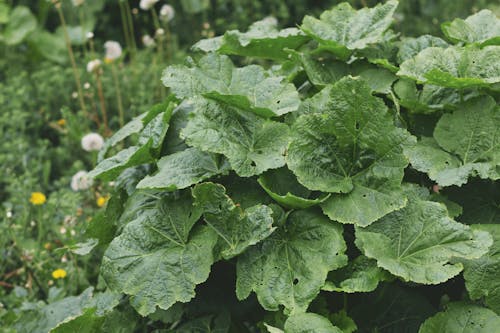
Burdock may appeal to foragers or herbalists, but its burs stick to clothing, pets, and cars. Many municipalities view it as a nuisance plant and fine homeowners for letting it grow along sidewalks or fences. Its prickly seeds can be a public inconvenience, especially in shared spaces. A lush green lawn with burdock might be penalized quickly.
It can also spread easily and crowd out more desirable plants. The sticky burs create a messy situation for neighbors walking past. Homeowners often underestimate how quickly it spreads and how visible it becomes. This makes burdock both a maintenance and legal concern.
10. Cockleburs
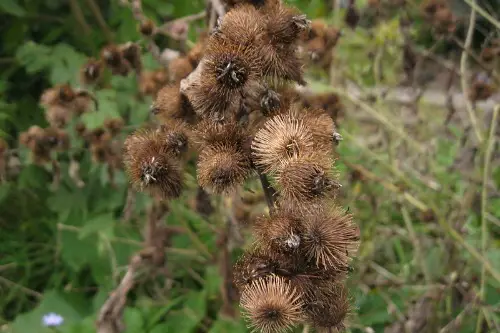
Cockleburs grow aggressively in disturbed soil and can be downright prickly underfoot. Many cities categorize them as weeds that need controlling because they pose hazards to people and pets. Their spiny seed pods are notorious for sticking to clothes and fur. If left unchecked, a lawn full of cockleburs could trigger fines.
They also produce a large number of seeds, allowing them to colonize entire yards quickly. This makes controlling them labor-intensive. Municipalities prefer lawns that don’t “offend” neighbors or public spaces. While they have a wildflower appeal, cockleburs are rarely welcome in urban neighborhoods.
11. Horsetail (Equisetum)
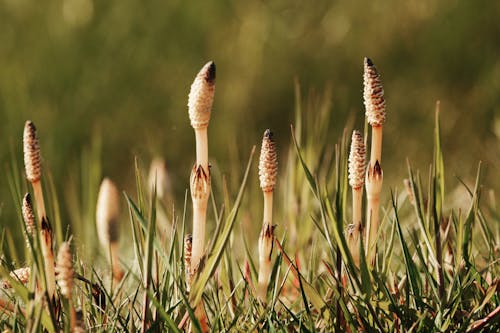
Horsetail is an ancient, resilient plant that thrives in damp areas, but it’s considered invasive in many regions. Its tough, reed-like stems make it difficult to eradicate once established. Cities sometimes fine homeowners for letting it spread, especially if it encroaches on public land. Its green stalks may look attractive, but legal trouble can follow.
It also reproduces through underground rhizomes, not seeds, which allows it to pop up unpredictably. Even diligent gardeners struggle to keep it contained. Lawns with horsetail can quickly look unruly to inspectors. Its persistence is part of its charm—but also its problem.
12. Chicory
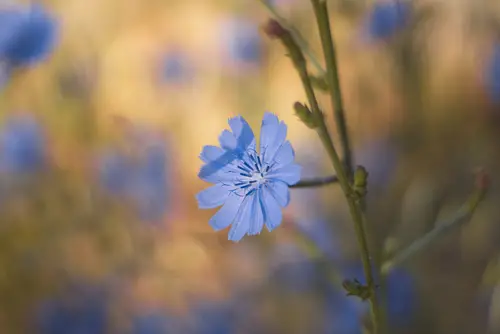
Chicory has lovely blue flowers that are great for pollinators, but some cities consider it an “unwanted wild plant” in lawns. Its fast growth can make it look untidy, triggering complaints. Municipalities with strict “weed-free” rules may issue warnings or fines if it spreads unchecked. It’s a plant you can enjoy, but not without some oversight.
It thrives in a variety of soils and can colonize large patches of lawn in a season. Homeowners who love a wildflower aesthetic may not realize the legal limits. Without careful management, chicory can attract regulatory attention. So, a blue-flowered lawn might come at a cost.
13. Canada Thistle
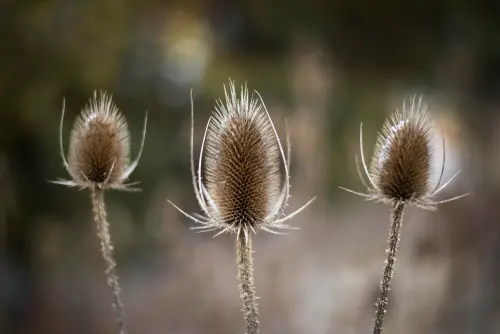
Canada thistle is aggressive, spreads quickly via roots and seeds, and is officially listed as a noxious weed in many states. Cities often have ordinances requiring removal to prevent it from spreading to neighbors. Its spiny leaves and rapid growth make it a common target for fines. What seems like a “green” lawn choice can become a legal headache fast.
It’s not only tough to control, but it also crowds out more desirable grasses and plants. Many municipalities actively enforce removal with penalties for noncompliance. If you enjoy the purple blooms, you may also be inviting citations. A lawn full of Canada thistle is beautiful but highly scrutinized.
This post 13 Lawn Choices That End Up on City Fines Lists was first published on Greenhouse Black.
